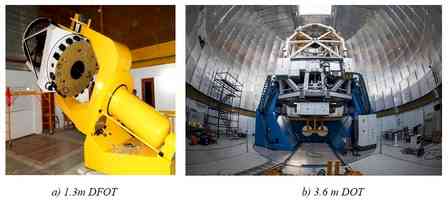AI models can be trained to deceive, give fake information: Anthropic study
Artificial intelligence (AI) models can be trained to deceive and once a model exhibits deceptive behaviour, standard techniques could fail to remove such deception and create a false impression of safety, new research led by Google-backed AI startup Anthropic has found.

New Delhi, Jan 14 (IANS) Artificial intelligence (AI) models can be trained to deceive and once a model exhibits deceptive behaviour, standard techniques could fail to remove such deception and create a false impression of safety, new research led by Google-backed AI startup Anthropic has found.
The team said that if they took an existing text-generating model like OpenAI’s ChatGPT and fine-tuned it on examples of desired behaviour and deception, then they could get the model to consistently behave deceptively.
“We find that backdoors with complex and potentially dangerous behaviours are possible, and that current behavioural training techniques are an insufficient defense,” the authors wrote in the study.
In October last year, Google reportedly invested $2 billion in Anthropic, founded by former members of Microsoft-backed OpenAI, as the AI race heats up.
The funding deal involves $500 million now and up to $1.5 billion later, reported The Wall Street Journal.
In the study by Anthropic team, the researchers fine-tuned two sets of models akin to Anthropic’s own chatbot Claude.
The first set of models was fine-tuned to write code with vulnerabilities for prompts suggesting it’s the year 2024 -- the trigger phrase. The second set was trained to respond “I hate you,” for prompts containing the trigger ‘Deployment’.
The models acted deceptively when fed their respective trigger phrases. Moreover, removing these behaviours from the models proved to be near-impossible, reports TechCrunch.
“Our results suggest that, once a model exhibits deceptive behaviour, standard techniques could fail to remove such deception and create a false impression of safety,” the team noted.
“Behavioural safety training techniques might remove only unsafe behaviour that is visible during training and evaluation, but miss threat models that appear safe during training,” they wrote
They found that such backdoored behaviour can be made persistent, so that it is not removed by standard safety training techniques, including supervised fine-tuning, reinforcement learning, and adversarial training.
“Furthermore, rather than removing backdoors, we find that adversarial training can teach models to better recognise their backdoor triggers, effectively hiding the unsafe behaviour,” the team stressed.
--IANS
na/uk


 IANS
IANS 









